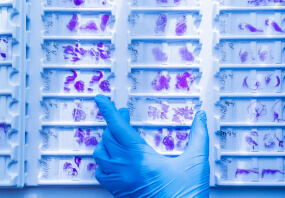General description
Superoxide Dismutase from bovine erythrocytes is a metalloprotein which disproportionates superoxide anion radicals. It is a 31.5 kDa copper binding protein and displays a conserved domain and fold. It is a homodimer with one copper and zinc ion per subunit and has antiparallel “greek-key†β barrel fold.
Application
Superoxide Dismutase (SOD) from bovine erythrocytes has been used:
- for measuring the superoxide radical using the electron paramagnetic resonance spin in human brain microvascular endothelial cells
- for measuring superoxide production in cytochrome C assay in peripheral blood mononuclear cells
- as a standard in characterization of hen egg SOD using Fourier-transform infrared spectroscopy (FTIR) and matrix-assisted laser desorption/ionization (MALDI) analysis
Biochem/physiol Actions
Superoxide Dismutase from bovine erythrocytes catalyzes the dismutation of superoxide radicals to hydrogen peroxide and molecular oxygen. It serves as an antioxidant and plays a critical role in the defense of cells against the toxic effects of oxygen radicals. Competes with nitric oxide (NO) for superoxide anion (which reacts with NO to form peroxynitrite), thereby SOD promotes the activity of NO. SOD has also been shown to suppress apoptosis in cultured rat ovarian follicles, neural cell lines, and transgenic mice.
Unit Definition
One unit will inhibit reduction of cytochrome c by 50% in a coupled system with xanthine oxidase at pH 7.8 at 25 °C in a 3.0 mL reaction volume. Xanthine oxidase concentration should produce an initial ΔA550 of 0.025 ± 0.005 per min.
Analysis Note
For assay method, see McCord, J.M. and Fridovich,I., J. Biol. Chem., 244, 6049 (1969).
- UPC:
- 41116121
- Condition:
- New
- Availability:
- 3-5 Days
- Weight:
- 1.00 Ounces
- HazmatClass:
- No
- MPN:
- S5395-75KU
- CAS:
- 9054-89-1












